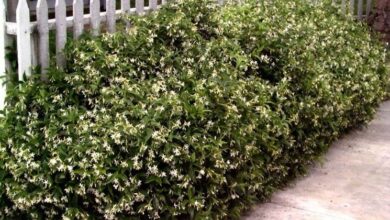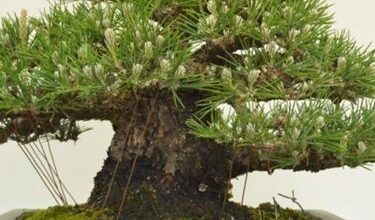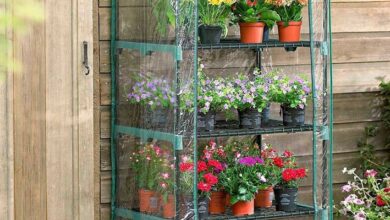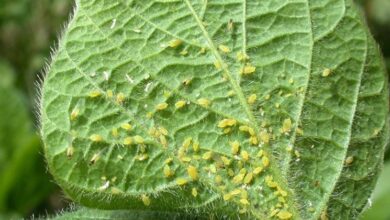Pomegranate tree
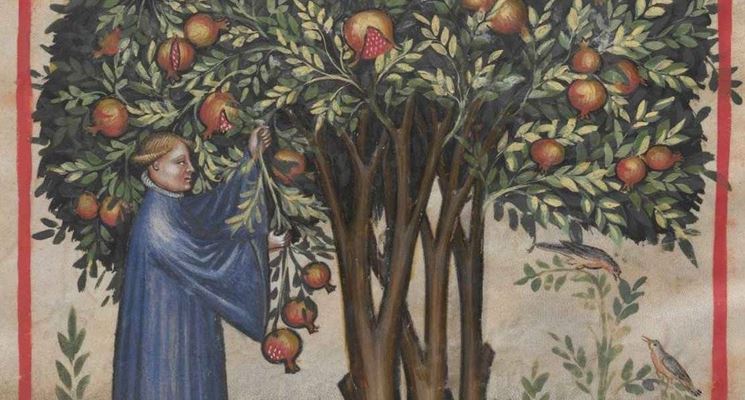
The pomegranate tree: origins and curiosities

The pomegranate tree and the minor fruits
Minor fruits, also called ancient fruits, are spontaneous plant species that do not require special care since they are very resistant to both diseases and bad weather. Starting from the Middle Ages and throughout the nineteenth century they were the food of the poor who could not afford the fruits of the tables of the rich gentlemen. Nowadays, the minor fruits are beginning to be re-evaluated, especially for their ornamental qualities and are in any case considered as part of the natural heritage and as such are cultivated and appreciated. The pomegranate tree belongs to this category and is widespread both as an ornamental plant and as a fruit tree. It can be placed in the garden, planting it directly in the ground, or it can be grown in a pot on the terrace, but in this second case it is preferable to choose a punica granatum nana, that is a pomegranate tree of the dwarf variety. The plant should be placed in a deep and well-drained soil, exposed to the sun but protected from drafts. The pomegranate is quite resistant but for the fruits to become fully ripe and can be harvested starting from September, a hot and dry summer is required.
The pomegranate tree: properties

Pomegranate has always had multiple properties, from roots to final fruits. The roots were used for infusions, while the bark was used for the teas and the ancient Egyptians had already discovered its vermifuge properties. Hippocrates mentions the pomegranate and defines it as a panacea. The pomegranate tree wood was used by diviners to find water and hidden treasures. In the Middle Ages the fruits were considered adjuvants of fertility. Nowadays we can say that the pomegranate is a friend of women: numerous scientific researches have proved that the use and consumption of both the juice and the seeds helps in menopausal depressions and strengthens and solidifies the bones. The pomegranate fruit is also a notable antioxidant, antiparasitic and anticancer because it contains flavonoids that help to delimit the area of influence of cancer diseases. Pomegranate juice should be drunk daily. Finally, a curiosity: on the tables of the Jewish New Year there is always a pomegranate because it has a strong symbolic value, as it is hoped that the coming new year will have as many positive things as there are pomegranate grains.
Pomegranate tree: What is the price of a pomegranate tree?
The pomegranate tree can even reach a secular age and therefore be considered as a work of art shaped by the passing of the years. The price of a centuries-old pomegranate tree, sold by nurserymen authorized to remove old trees, is around 500 euros and in some cases it can even reach a few thousand euros. The pomegranate, however, is often chosen not as a work of art but because it brings joy thanks to its beautiful orange flowers (in some cases they are also white) and because it is not particularly difficult to grow and in this case you can orient yourself towards young plants that have much lower prices. On the market you can find two-year-old pomegranates, 160-180 cm high, the price of which varies from 18 to 24 euros. They are sold, especially on the internet, even smaller trees, in pots, with an average height of 100 cm, at a cost of around 12 euros. There are also bonsai pomegranates ranging from around 15 to 50 euros. In short, the price of a pomegranate tree varies from a few tens of euros up to a few thousand and it can be said that there are pomegranates for all budgets.

